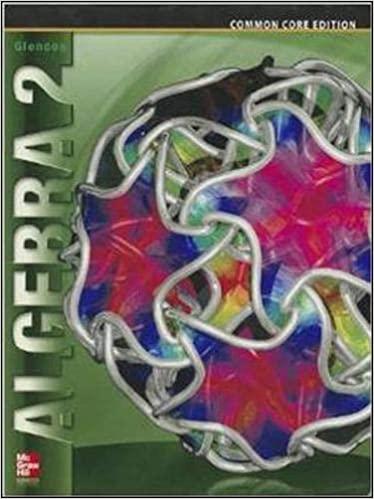Question
The table lists the Consumer Price Index for all U.S. urban consumers (CPI-U) with 1982-1984 = 100 for selected years between 1960 and 2008. Consumer
The table lists the Consumer Price Index for all U.S. urban consumers (CPI-U) with 1982-1984 = 100 for selected years between 1960 and 2008.Consumer Price Index for All U.S. Urban Consumers 1982-1984 = 100
| Year | CPI-U, C |
|---|---|
| 1960 | 29.6 |
| 1970 | 38.8 |
| 1980 | 82.4 |
| 1990 | 130.7 |
| 2000 | 172.2 |
| 2005 | 195.3 |
| 2008 | 215.3 |
(a) Align the input data to the number of years since 1960. Which model type other than quadratic might be considered when modeling this data? Why?The increasing, concave down scatter plot of this data suggests a quadratic or an exponential function.The increasing, concave up scatter plot of this data suggests a quadratic or an exponential function. The increasing, concave down scatter plot of this data suggests a quadratic or an logarithmic function.The increasing, concave up scatter plot of this data suggests a quadratic or an logarithmic function. (b) Use the end behavior to choose the better model.quadraticlogarithmic exponential Fill in the blanks to find the better model. (Round all numerical values to three decimal places.) The function C(t) =
is the ---Select--- CPI for all U.S. consumers CPI for all U.S. urban consumers number of years since 1960 number of years since 1982 , where t is the ---Select--- CPI for all U.S. consumers CPI for all U.S. urban consumers number of years since 1960 number of years since 1982 ,
0 t 48.
Step by Step Solution
There are 3 Steps involved in it
Step: 1

Get Instant Access to Expert-Tailored Solutions
See step-by-step solutions with expert insights and AI powered tools for academic success
Step: 2

Step: 3

Ace Your Homework with AI
Get the answers you need in no time with our AI-driven, step-by-step assistance
Get Started


